STEM Educator | Chemistry & Scientific Literacy Advocate | Graduate Student Mentor


ARSC 105 Module 2
Climate Change
Module 2: Climate Change introduces students to the peer-reviewed scientific evidence supporting anthropogenic (human-caused) climate change. The module also explores alternative explanations for the recent observed rise in Earth’s average temperature. Ultimately, students learn that 97% of atmospheric scientists who have published peer-reviewed studies on global climate change agree that the evidence supports the claim that human activity is driving the observed warming trend.
To build understanding and trust in climate models, the module includes a statistical component that helps students interpret scientific data and understand why some outlying studies may not align with the broader scientific consensus.
The module also addresses the role of mis/disinformation in shaping public perceptions of climate science. Students explore why climate change can be difficult for individuals to accept and how media coverage can contribute to the false perception that the cause or even the existence of climate change is still up for debate.
Lecture Schedule & Resources
Lecture 4: Statistical Inference and Confidence Intervals
Lecture 5: What are the environmental consequences of climate change?
Lecture 6: How Media Misrepresents Climate Science
Climate vs. Weather. Types of evidence for climate change. Paleoclimatic evidence. Ice ages. Observed changes in temperature over last 200 years.
Greenhouse effect. Greenhouse gases. Infra-red spectroscopy. Global warming potentials. Special case of water.
Additional resources: Lecture Slides
Seasonal climate. Local climate. Possible causes of post-industrial warming. Solar cycles. Volcanic eruptions. Anthropogenic causes.
Climate modeling. Carbon cycle. Radiometric C-14. Assessment of climate feedbacks.
Climate modeling & carbon emission scenarios. Temperature and precipitation changes. Regional Impacts - Sports. Chronic and acute impacts. Extreme weather. Climate Thresholds & Climate Risk.
Additional Resources: Extreme Weather; Property Climate Risks; Sea Level Rise Map
Media Example: CNN Bill Nye vs. Mark Morano. False Balance. 97% consensus. History of climate misinformation. Intergovernmental Panel on Climate Change (IPCC).
Additional Resources: Why don't people believe in climate science?; Lecture Slides
Climate Change Case Study


This case study was developed with support from the National Science Foundation’s Improving Undergraduate STEM Education (IUSE) Program. It is one of 13 stories that explore how pseudoscientific ideas can undermine legitimate scientific advancements and hinder well-informed decision-making.
To see a full list of case studies and additional resources, visit
Spotting the Pseudoscience website.
01
Features of Science Misinformation/Disinformation Efforts: Understand how to detect false information
03
The following content primer provides scientific background needed to evaluate the case study.
02
This story features three mis/disinformation tactics including fabrication of a fake scientific controversy, lack of necessary science expertise, and fabrication of a wide support in the scientific community